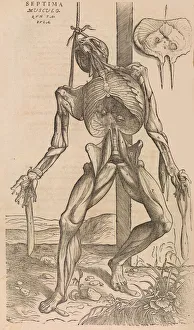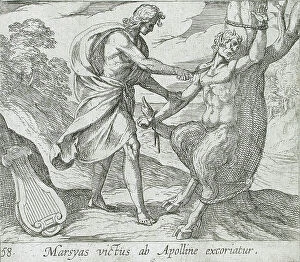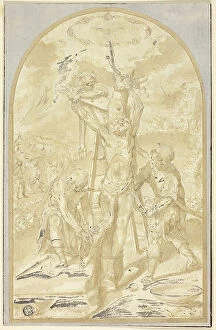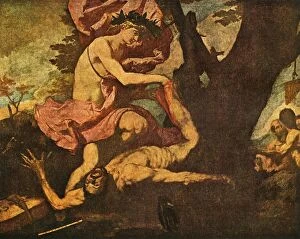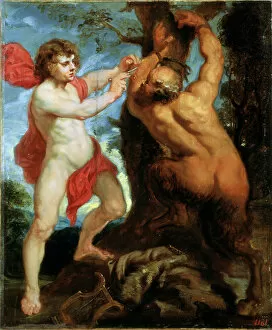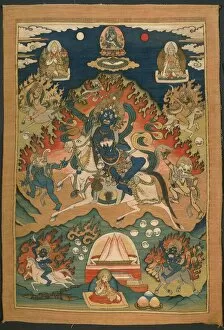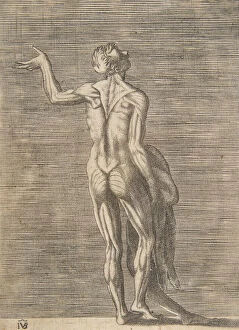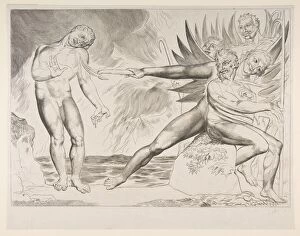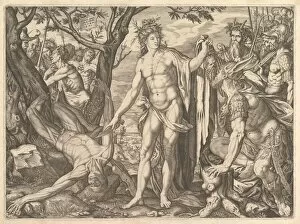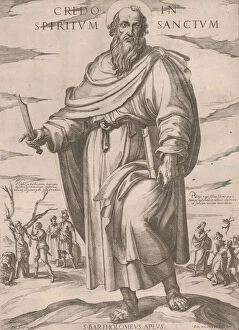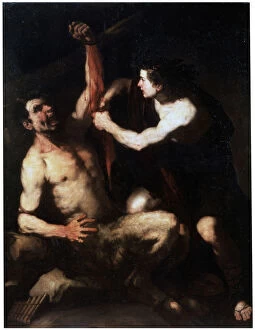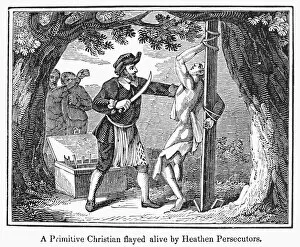Flaying Collection
"Exploring the Art of Flaying: A Journey through History and Mythology" Step into a world where art intertwines with the macabre
All Professionally Made to Order for Quick Shipping
"Exploring the Art of Flaying: A Journey through History and Mythology" Step into a world where art intertwines with the macabre, as we delve into the captivating theme of flaying. From ancient texts to masterful paintings and sculptures, this 150 caption invites you on a journey that will both intrigue and astonish. In 1555, Andreas Vesalius published "De humani corporis fabrica, " revolutionizing anatomical studies. His detailed illustrations exposed the inner workings of our bodies, shedding light on the intricacies beneath our skin. Imagine transparent wings delicately suspended in mid-air; an ethereal representation of flight captured by an unknown artist. These delicate structures remind us that even in vulnerability, beauty can be found. Fair Rosamond Alone in her Bower transports us to a scene shrouded in mystery. Painted on canvas, it whispers tales of forbidden love and treachery while leaving much to our imagination. A marble statue of Marsyas stands tall, frozen forever in his moment of defeat against Apollo's musical prowess. The sculptor skillfully captures every muscle and sinew as Marsyas faces his gruesome fate – flayed alive for daring to challenge a god. The ceiling fresco adorning Sala delle Muse narrates stories from Greek mythology featuring Apollo and his beloved Muses. Among these tales lies one depicting Apollo's merciless punishment inflicted upon Marsyas for his audacity – another reminder that divine retribution knows no bounds. Jusepe de Ribera's painting "Apollo and Marsyas" showcases their fateful encounter with haunting realism. The agony etched onto Marsyas' face is palpable as he endures unimaginable pain at the hands of vindictive gods. Peter Paul Rubens also immortalizes this mythological tale through paintbrush strokes filled with vibrant colors and dynamic movement. His rendition brings forth emotions ranging from awe to horror as we witness Marsyas' torment.

